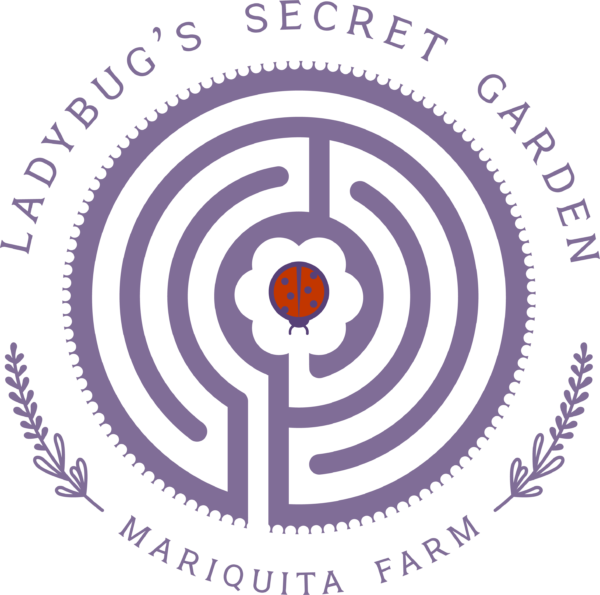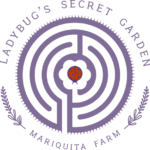The Many Scents of Lavender
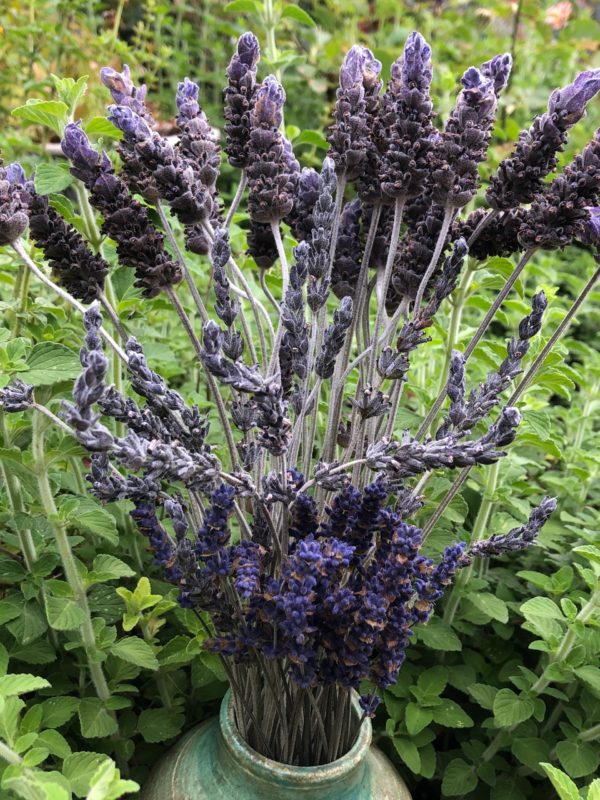
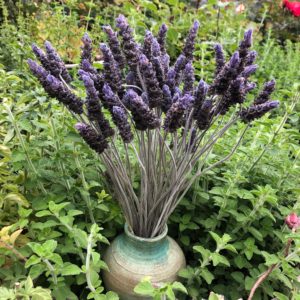 Spanish lavender, or Lavandula stoechas, is a Mediterranean lavender that is very robust and hardy and can grow from a tiny seedling into a waist high shrub in a year. This is the lavender species that was most likely grown or gathered from the wild during the ancient times. Lavandula stoechas has flower buds that are big, fat, and almost tarry with very aromatic essential oils. Most people believe that this highly scented herb got its name from the Latin verb, “lavare,” meaning “to wash,” because lavender plants were used to make soap or used in infusions to fumigate clothes. The word Latin “Lavare” is cognate with the modern English word “laundry” and the Middle English word “Lavendrye,” meaning “place of washing.” Of course the Etymologists are just as prone to controversy as the Botanists, so there are rogue wordsmiths who believe that Lavender takes its name from the Latin “livere,” meaning “blueish.” Whatever…..
Spanish lavender, or Lavandula stoechas, is a Mediterranean lavender that is very robust and hardy and can grow from a tiny seedling into a waist high shrub in a year. This is the lavender species that was most likely grown or gathered from the wild during the ancient times. Lavandula stoechas has flower buds that are big, fat, and almost tarry with very aromatic essential oils. Most people believe that this highly scented herb got its name from the Latin verb, “lavare,” meaning “to wash,” because lavender plants were used to make soap or used in infusions to fumigate clothes. The word Latin “Lavare” is cognate with the modern English word “laundry” and the Middle English word “Lavendrye,” meaning “place of washing.” Of course the Etymologists are just as prone to controversy as the Botanists, so there are rogue wordsmiths who believe that Lavender takes its name from the Latin “livere,” meaning “blueish.” Whatever…..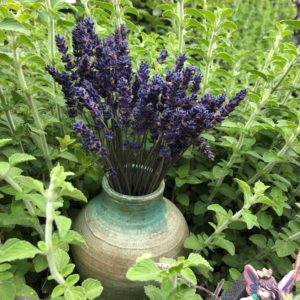 Lavandula dentata. I’m using it to refer to a Lavandula dentata variety that has a thinner flower bud than the “Spanish” lavender as well as a somewhat different scent. The French worked with Lavender species to create varieties that were especially useful in the perfume trade. Lavandula dentata has a more refined look to the stem and a somewhat less aggressive habit of growth than the “Spanish lavender.” It’s worth noting that the French refer to Lavandula dentata as “English lavender.” We’re not ICE agents here, so we’re not checking passports. We value the Lavandula dentata varieties for their scent and for the nice, long, spicy wands we can make from their dried stems.
Lavandula dentata. I’m using it to refer to a Lavandula dentata variety that has a thinner flower bud than the “Spanish” lavender as well as a somewhat different scent. The French worked with Lavender species to create varieties that were especially useful in the perfume trade. Lavandula dentata has a more refined look to the stem and a somewhat less aggressive habit of growth than the “Spanish lavender.” It’s worth noting that the French refer to Lavandula dentata as “English lavender.” We’re not ICE agents here, so we’re not checking passports. We value the Lavandula dentata varieties for their scent and for the nice, long, spicy wands we can make from their dried stems.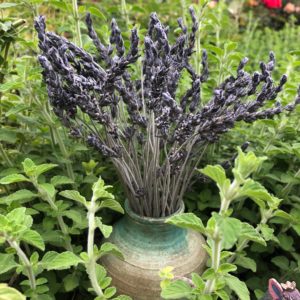 “English lavender,” or Lavandula angustifolia, is yet another complex tribe of lavenders. Like it’s Spanish and French cousins, English lavender is a highly scented member of the Lamiaceae, or mint family, and compared to them it has flowers that are on the purple end of the spectrum. The English lavenders we’re growing are typically shorter in stature with a brighter blue to the flower petals than the French types. Our English lavenders are the most disciplined and compact in their growth habit, making them the most desirable plant to use as a low hedge in a labyrinth, and they make nice, smaller bouquets. Over the last 100 years there’s been more culinary interest in lavender than in the past. Yes, long ago Lavandula stoechas was used to make spiced wine, but in these days the English types have been more frequently used to flavor pastas, desserts, or teas. Please note that drying increases the “potency” of lavender, so if you choose to cook with lavender you can use rather less dried lavender than fresh flowers to achieve the same effect.
“English lavender,” or Lavandula angustifolia, is yet another complex tribe of lavenders. Like it’s Spanish and French cousins, English lavender is a highly scented member of the Lamiaceae, or mint family, and compared to them it has flowers that are on the purple end of the spectrum. The English lavenders we’re growing are typically shorter in stature with a brighter blue to the flower petals than the French types. Our English lavenders are the most disciplined and compact in their growth habit, making them the most desirable plant to use as a low hedge in a labyrinth, and they make nice, smaller bouquets. Over the last 100 years there’s been more culinary interest in lavender than in the past. Yes, long ago Lavandula stoechas was used to make spiced wine, but in these days the English types have been more frequently used to flavor pastas, desserts, or teas. Please note that drying increases the “potency” of lavender, so if you choose to cook with lavender you can use rather less dried lavender than fresh flowers to achieve the same effect.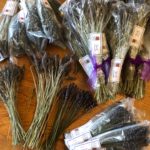 So far, so good. Hopefully the Covid crisis will end soon. By the end of the year I’m hoping to have the labyrinth finished. In the future we’ll be able to invite people to walk the lavender scented paths with us. And right now we’re enjoying a nice harvest on all the lavenders we planted before Covid when we were testing out our location and our soil to see if the plants would do well here. They do! And this week we’ve got a “Lavender Flight” special to offer, with a bunch each of Spanish, French, and English lavender so that you can enjoy their different their scents.
So far, so good. Hopefully the Covid crisis will end soon. By the end of the year I’m hoping to have the labyrinth finished. In the future we’ll be able to invite people to walk the lavender scented paths with us. And right now we’re enjoying a nice harvest on all the lavenders we planted before Covid when we were testing out our location and our soil to see if the plants would do well here. They do! And this week we’ve got a “Lavender Flight” special to offer, with a bunch each of Spanish, French, and English lavender so that you can enjoy their different their scents.—© 2021 Essay by Andy Griffin and photos by Starling Linden
~Special Note~
As the weather is getting warmer, the sun is rising earlier and the harvesting begins with the sunrise, we will be closing our East Bay/Peninsula shop by 6 PM on the Wednesday evenings before the Friday delivery. We close our San Francisco & Mystery Thursday shops on Wednesday mornings by 8 AM and our Santa Cruz/Los Gatos shop by 8 AM, on Monday mornings. Please get your orders in early so you don’t miss out on the harvest! Thank you all again for being such a part of our bountiful farm!
If you haven’t ordered a Mystery Box recently, now is a great time to get in on spring deliciousness! LadybugBuyingClub
